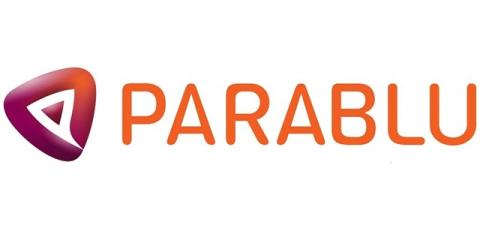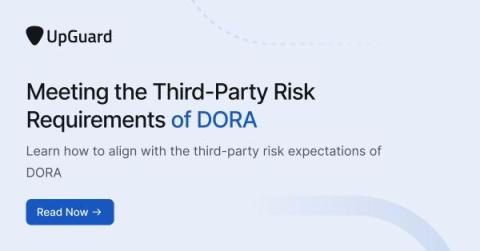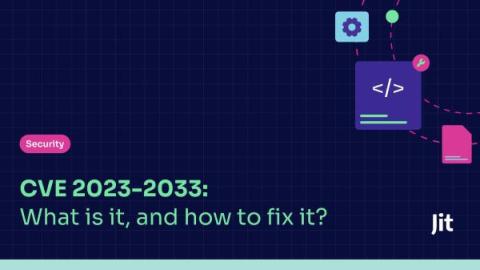The Cloud Storage and EU GDPR: Steps to Compliance
For those only just tuning into this conversation, the EU Commission negotiated and finalized the text of what is called the “General Data Protection Regulation” (GDPR) in December of 2015. This was officially approved as law in April 2016 and comes into effect on May 25, 2018. And, if you’re an organization that does business in the EU or even has customers from those geographies, this could significantly change the way you do business.








